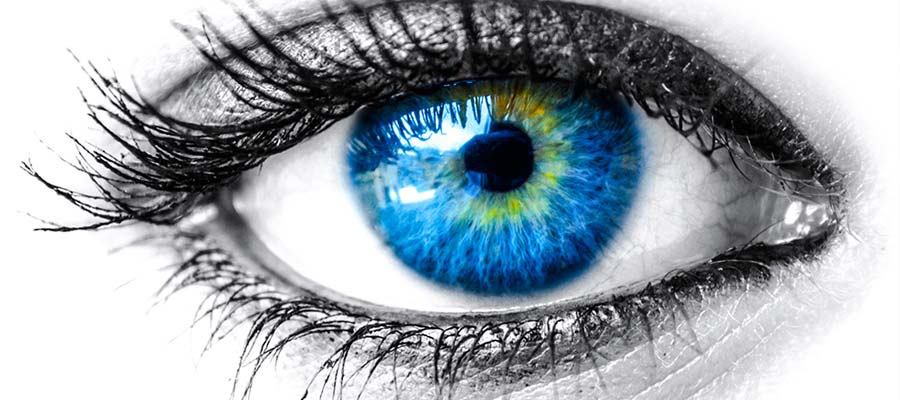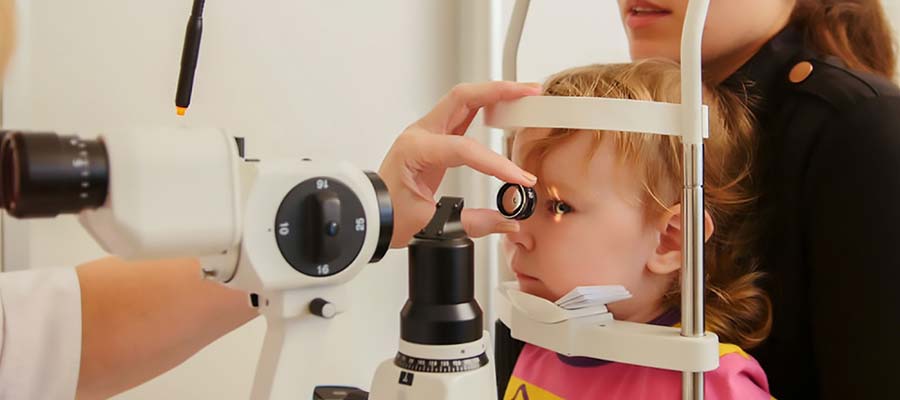Board Certified Eye Doctor Serving West Miami Florida
Are you looking for a board certified optometrist near West Miami, FL? Dr. Maria Briceno Martin at LakesEyeCare.Com would like to to show what world class eye care is all about
Are you looking for a top rated eye doctor in or near West Miami, FL? If you are! Then, is it more than likely that you will do what many of families in West Miami do! Go to the internet seeking the best eye doctor in West Miami. If you belong to this group it is imperative to point out that many studies show that people searching for Eye Exam Cost more often than not end up with an inferior service than those whose seek out for referrals from neighbors. This is because nowadays a good number of West Miami eye doctor rely SEO companies to provide them with artificial reviews. One thing you cannot fake is experience and that is what Dr. Maria Briceno Martin at Lakes Eye Care bring to the table. People from all walks of life in both Miami-Dade and Broward come to see her because they anticipate getting nothing but the best a optometrist in West Miami, Florida can offer. …and if you haven’t see an optometrist as of late perhaps it is time you do so.
Should You Really Get An Eye Exam
If you would like to maintain your eyes as healthy as possible, you will need to spend money and time in routine eye tests. Below, we are going to review some things that you must take into account when having and eye test; who you should see, and when it must be done. Here are some points to contemplate.
- Individual Health History – One of the most important things that you should consider when you find yourself deciding if you should have an eye exam and what sort of eye exam, will be your family members history. You need to add in your personal health history while you are considering if you should get one because lots of eye conditions and diseases might be passed down from generations. If your family has a medical history of eye diseases, you are at increased risk for one.
- Vision Problems – Should you be having problems seeing, whether it’s daytime or nighttime, you must get an eye test done. By doing that, it will be possible to understand what has caused your eyesight to be blurry. This can be something that you need to be taking very seriously mainly because it could become worst if left untreated.
- How Old You Are – The older you are, the greater the chances you are going to have some eye problems which will need to be resolved.While a growing number of youngsters are discovering their vision deteriorating whether due to the over use of mobile devices or something else, you are generally going to need to see the optometrist a lot more often as you age. People who are 18 to 60 needs to have at least one eye exam every 2 yrs. Whereas, the ones that are 61 and older ought to have a yearly eye exam.
- Earlier Eye Injuries – One more major thing that you must take into account in terms of figuring out whether or not it is worth getting a test is if you have a history of eye injuries which could make you vunerable to eye degeneration.
Who Should You See?
You can find kinds of eye care professionals that you could choose from. Below, we will be laying out suggestions to finding out who you should see.
- Optometrists – This eye doctor is typically who you should go to if you have moderately healthy vision and you just need simple corrections and modifications like glasses, contact lenses, and more. They are going to be effective at detecting eye diseases as well, nevertheless they will not normally be trained or licensed to perform surgery.
- Ophthalmologists – These are medical doctors that specialize in specific eye care and will be accredited and qualified to perform eye surgery of a certain nature. They can also be better suited to take care of various eye diseases and conditions.
- Opticians – They are not medical doctors. They are eye care experts who have been trained in fitting glasses.
Overall, there is lots you should be considering when you are looking to get your eyes examined. Ideally, you need to have them looked at routinely and every so often. In case you are someone with a specific condition or you are at higher risk for a specific worstening eye condition, you will want to increase your visits and be much more frequent. At the end of the day we only have one set of eyes and it is imperative that we take care of it. For more information about the role of an eye doctor please, take a look at our blog where we discuss thing like Vision Center. And if you haven’t stop be by your West Miami optometrist as of late contact us. We’ll like to show you why people who seek the best eye doctor in West Miami do not settle for less!


